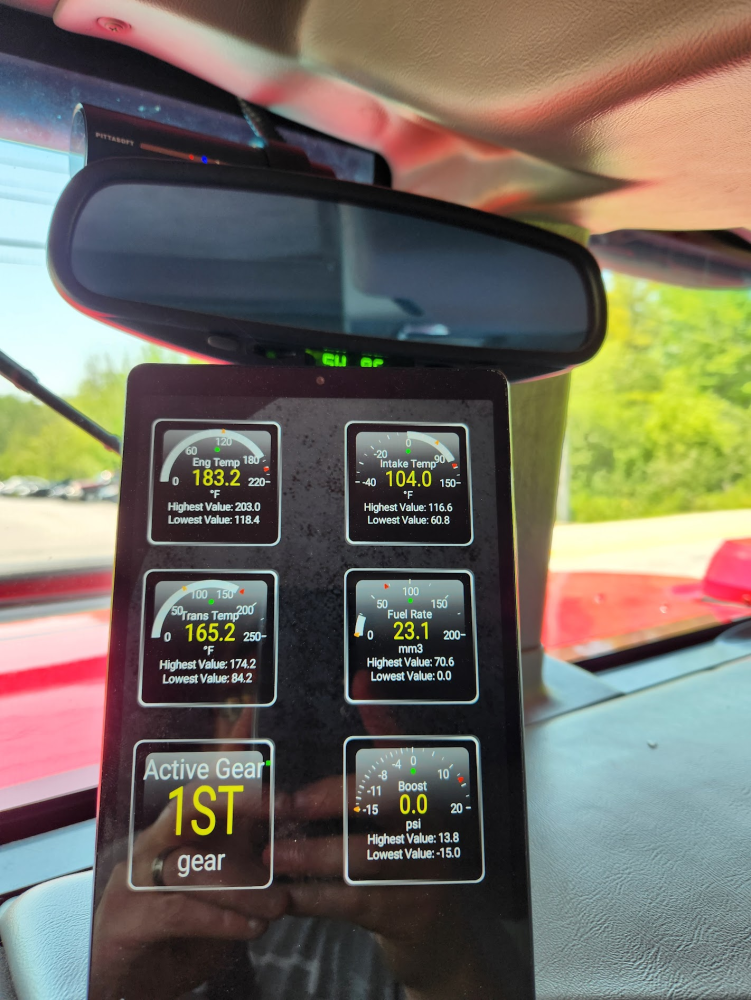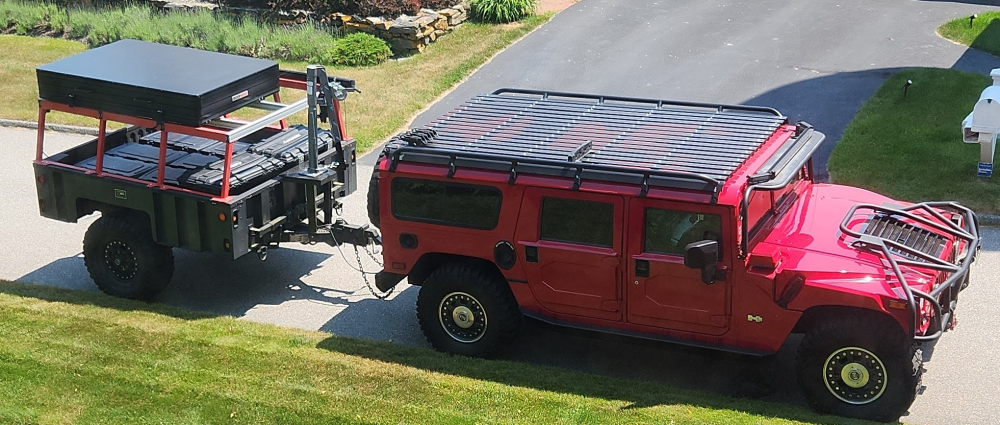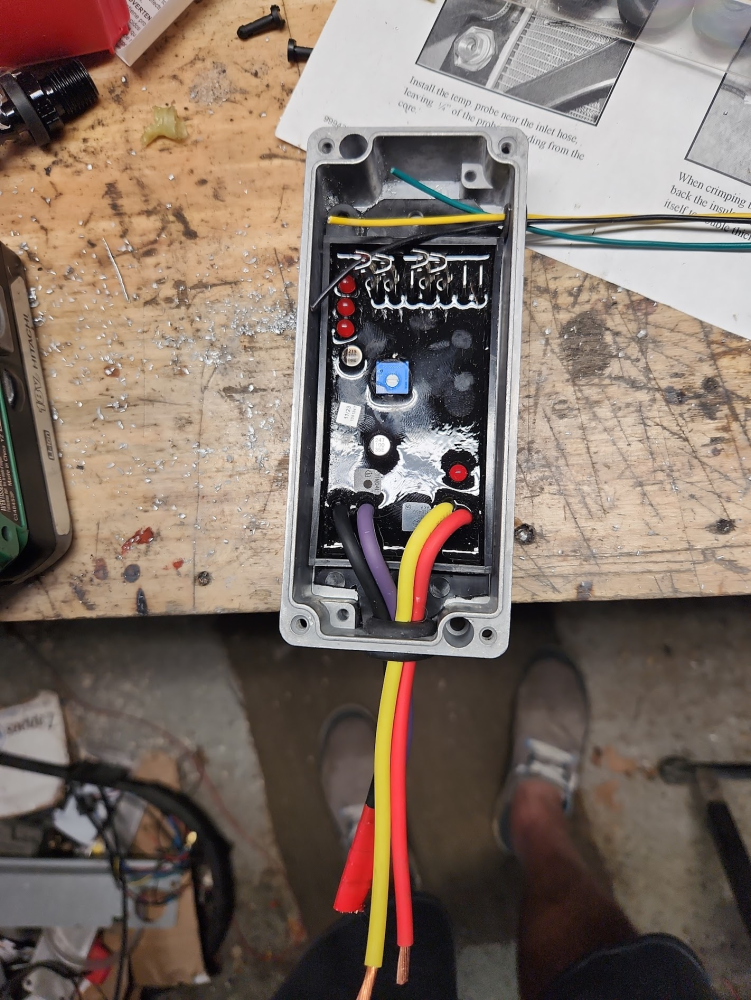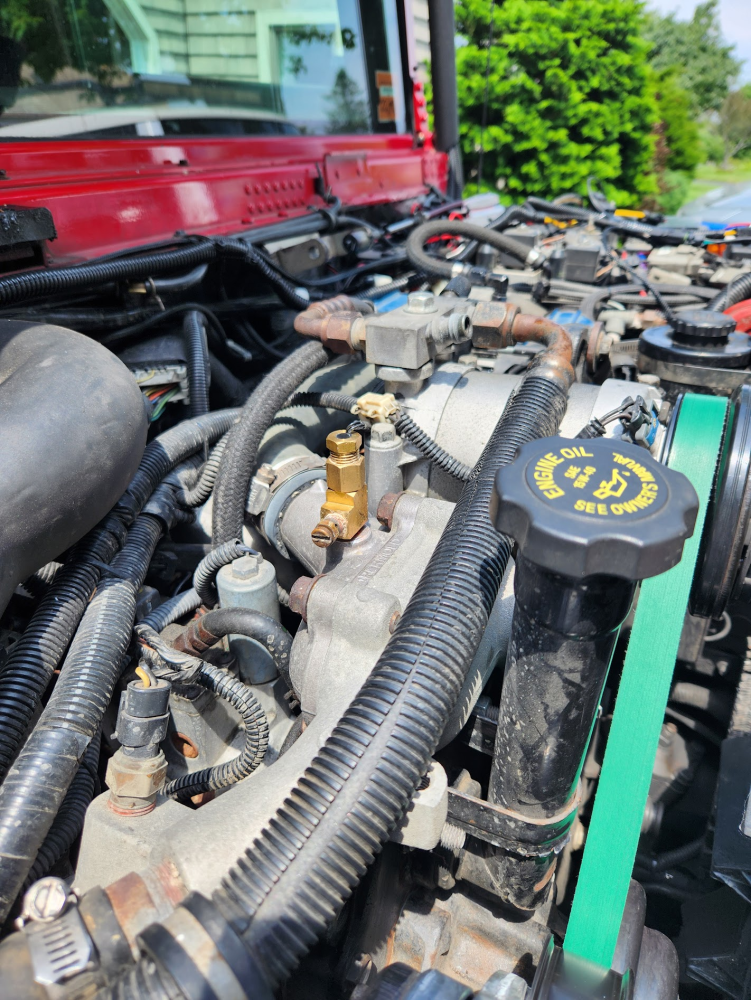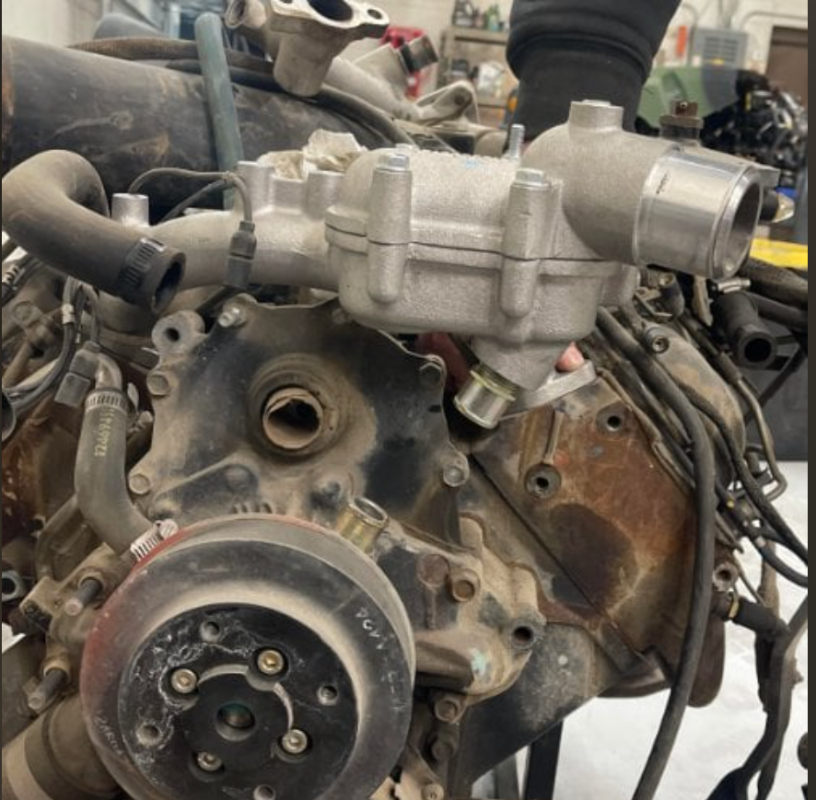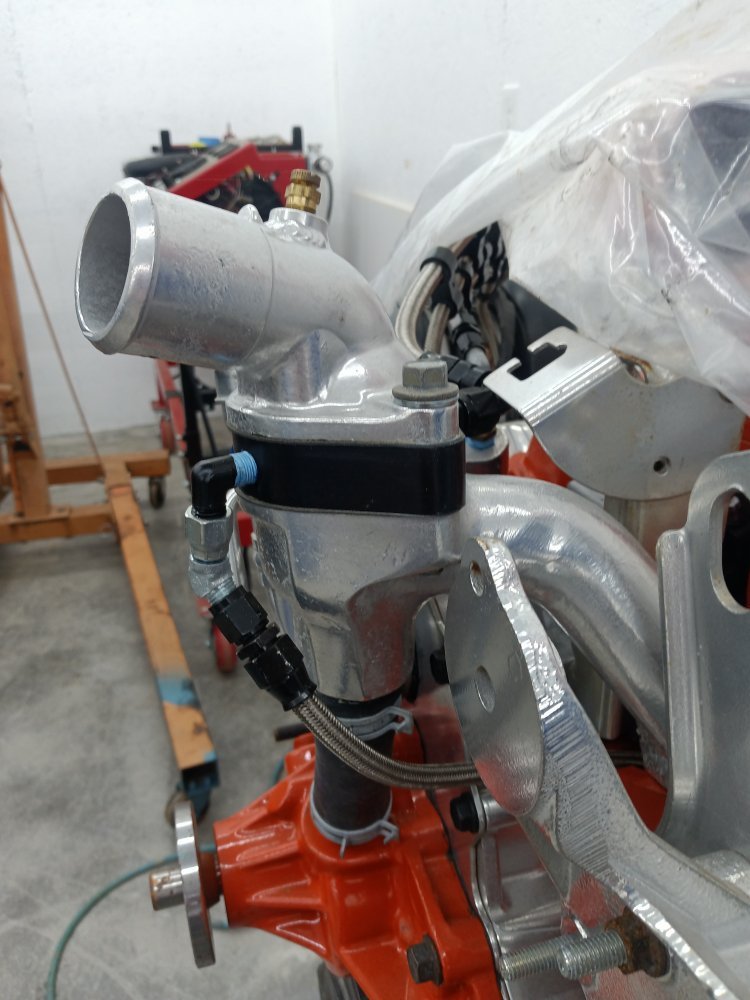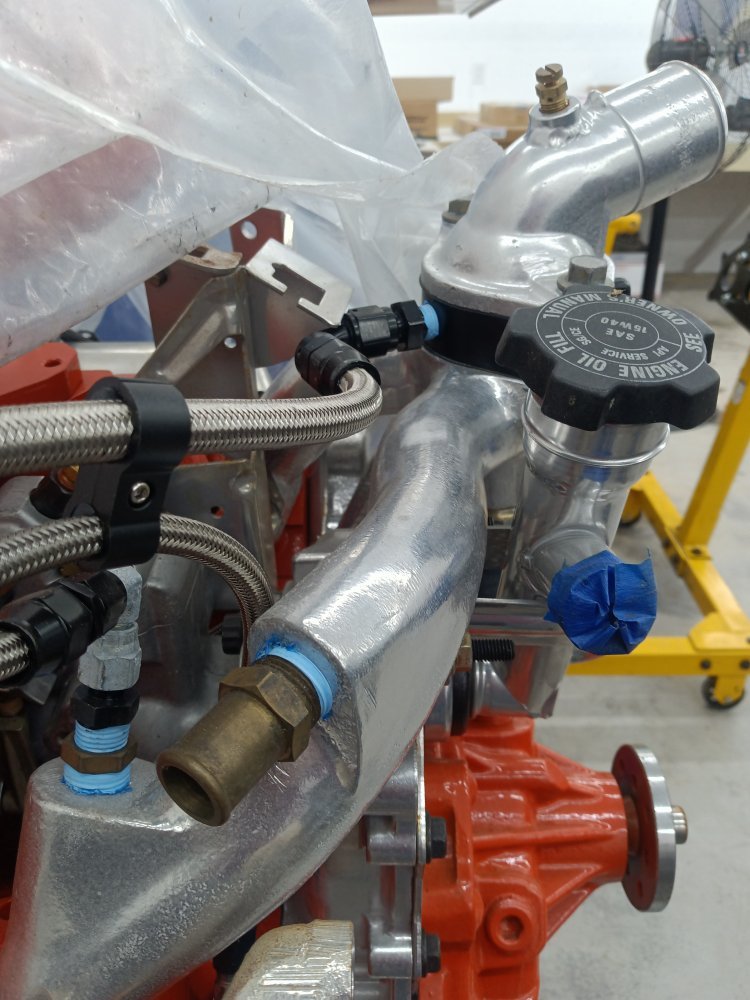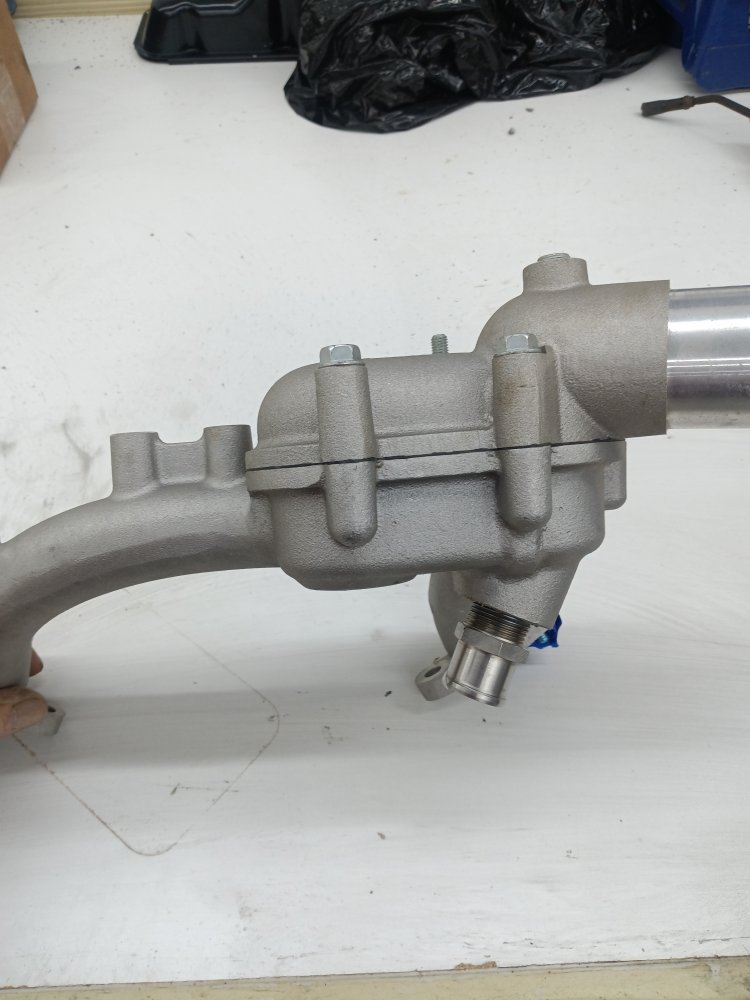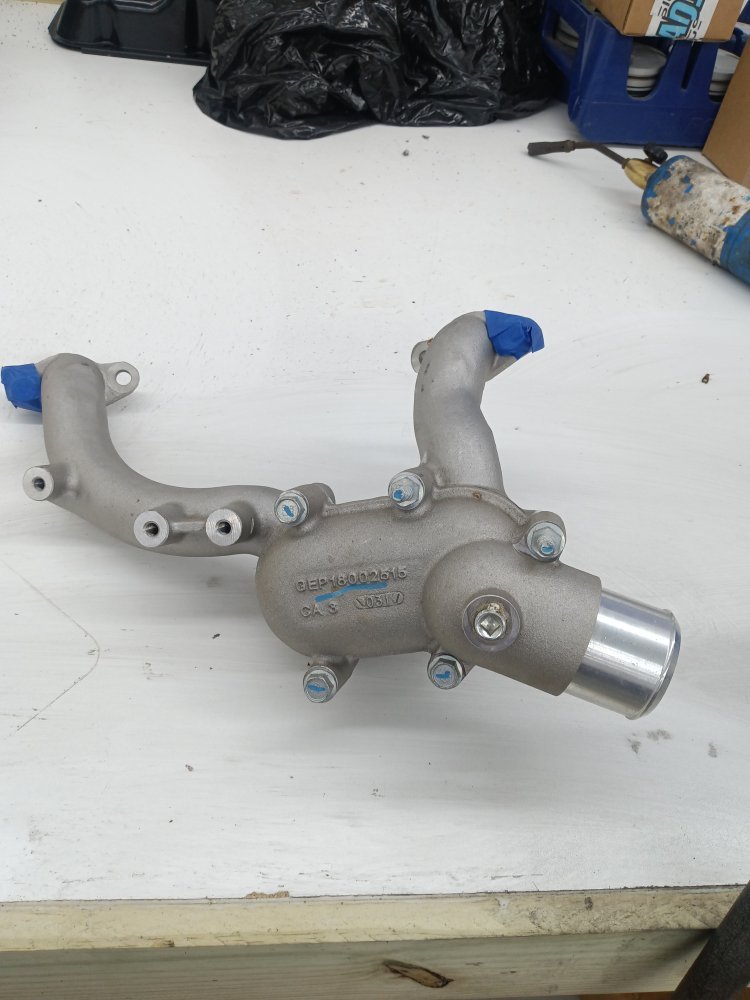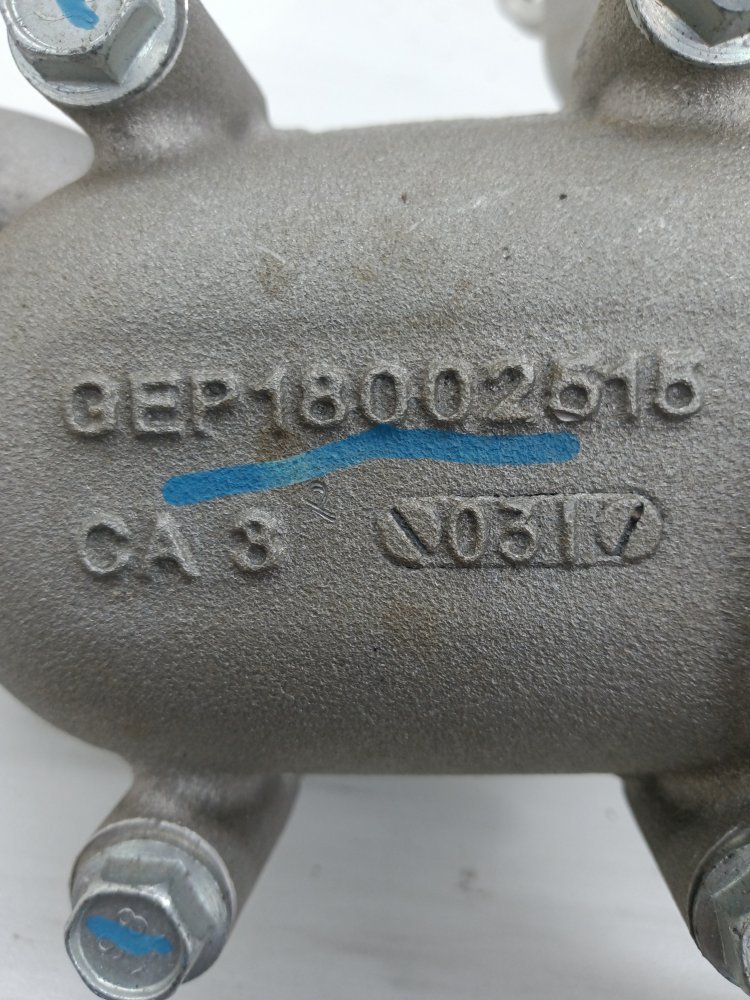I don't think 200* is too hot even sustained, and I prefer to measure that at the rear and control my fan from the rear. As fast as these motors heat up there is more opportunity for temps to get out of hand and cause harm, and a side note, most every head gasket I've seen blown was on the rear of the head where the oblong passage is... Heat related maybe ?
We will agree to disagree....
We will agree to disagree....

